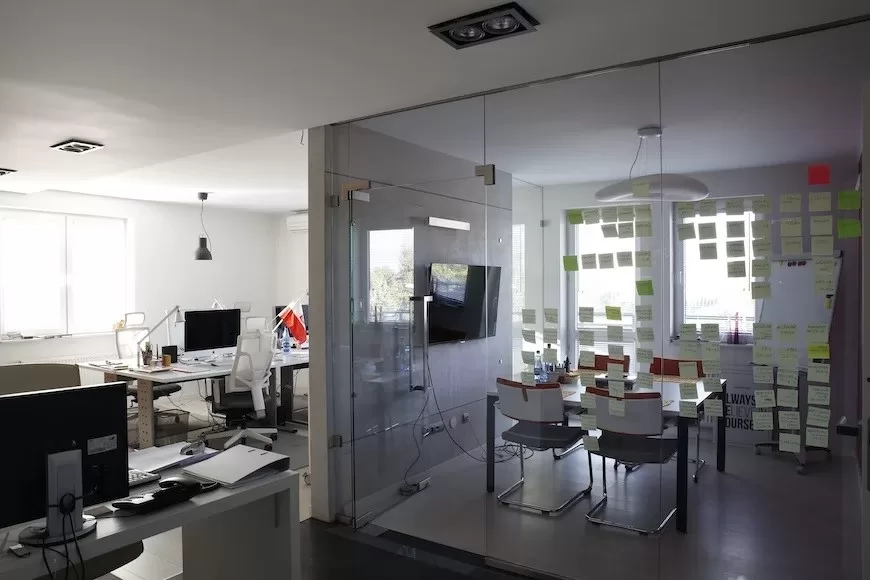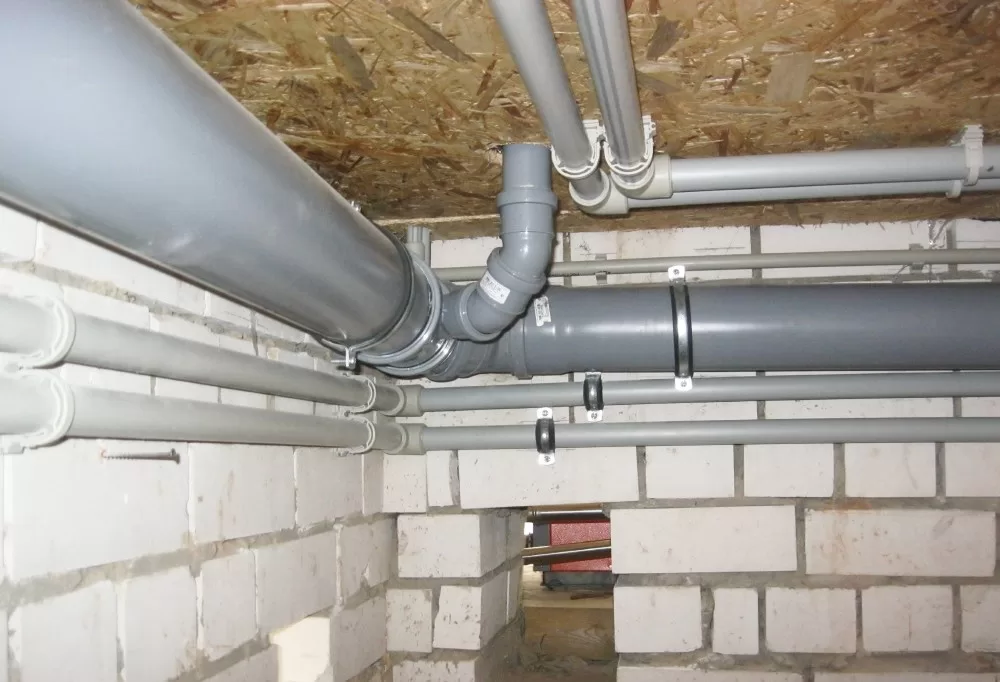As workplace environments are evolving, so are the methods used to build them.

Demountable walls are great for enhancing productivity while ensuring privacy, establishing space flexibility, integrating technology, and leveraging sustainability.
What are Demountable Walls?
Demountable walls are moveable walls or architectural elements used to construct and divide indoor rooms. These are most often used in workplaces with wide-open floor plans when there is a need for more organization and privacy.
It must reach the full height of the office space in order to qualify as a movable and demountable wall. The fact that it is simple to disassemble, move, and then reconstruct these walls makes them demountable in any place.
Benefits of Using Removable Walls
Privacy
Office cubicles may be made more private with the use of demountable partitions. Many individuals value their privacy too highly to risk giving it up. They make sure that offices and cubicles are secure places where workers may go to unwind after a long day.
They’re useful for maintaining the confidentiality of talks and meetings, too. As a result, workers are better able to tune out the world and get down to business.
Read Also:
Flexibility
Companies strive for continuous evolution and expansion. As time goes on and you expand your workforce, you may find that you outgrow your current quarters and want more office space, whether in the form of cubicles or perhaps a whole additional floor.
If you use regular drywall, you’ll have to remove the old walls and put up new ones. Demountable walls are the greatest option, however, if you ever need to expand your office space to include other rooms.
These walls are simple to rearrange and leave no mess behind when done so. Putting money into removable barriers is like buying freedom.
Sustainability
There are numerous reasons to be concerned with sustainability. Earning tax credits or special environmental certifications is the goal for some companies or property owners; for others, it may be related to the organizational goals or a mission statement.
In any case, you should give installing demountable walls or partitions serious consideration if your project calls for meeting specific environmental regulations.
Reduces Costs
In addition to being less expensive in terms of materials, these walls are also far less expensive to install, rearrange, and clean. Significant cost savings comes from being able to shift walls without the help of expert staff.
Time is equally as costly as materials. Demountable walls allow you to quickly adjust to new layout plans without incurring costly consequences. They also save money on materials expenses.
No Mess
Demountable walls are not only simple to install but also environmentally friendly and aesthetically pleasing. They can also be disassembled, moved, and reconfigured without generating any dust or other waste.
If there is no drywall, there won’t be any dust or other debris that could distract or negatively affect workers’ productivity when you want to relocate or rearrange the space.
Conclusion
Architectural adaptability is becoming more valuable as the nature of work changes owing to the rise of telecommuting and the changing needs of workers.
Folding walls are convenient for erecting quickly and economically to split and segment workplace areas into distinct working zones.
They provide an abundance of chic options for protecting workplace privacy, satisfying staff demands, and decreasing the building’s carbon footprint.









